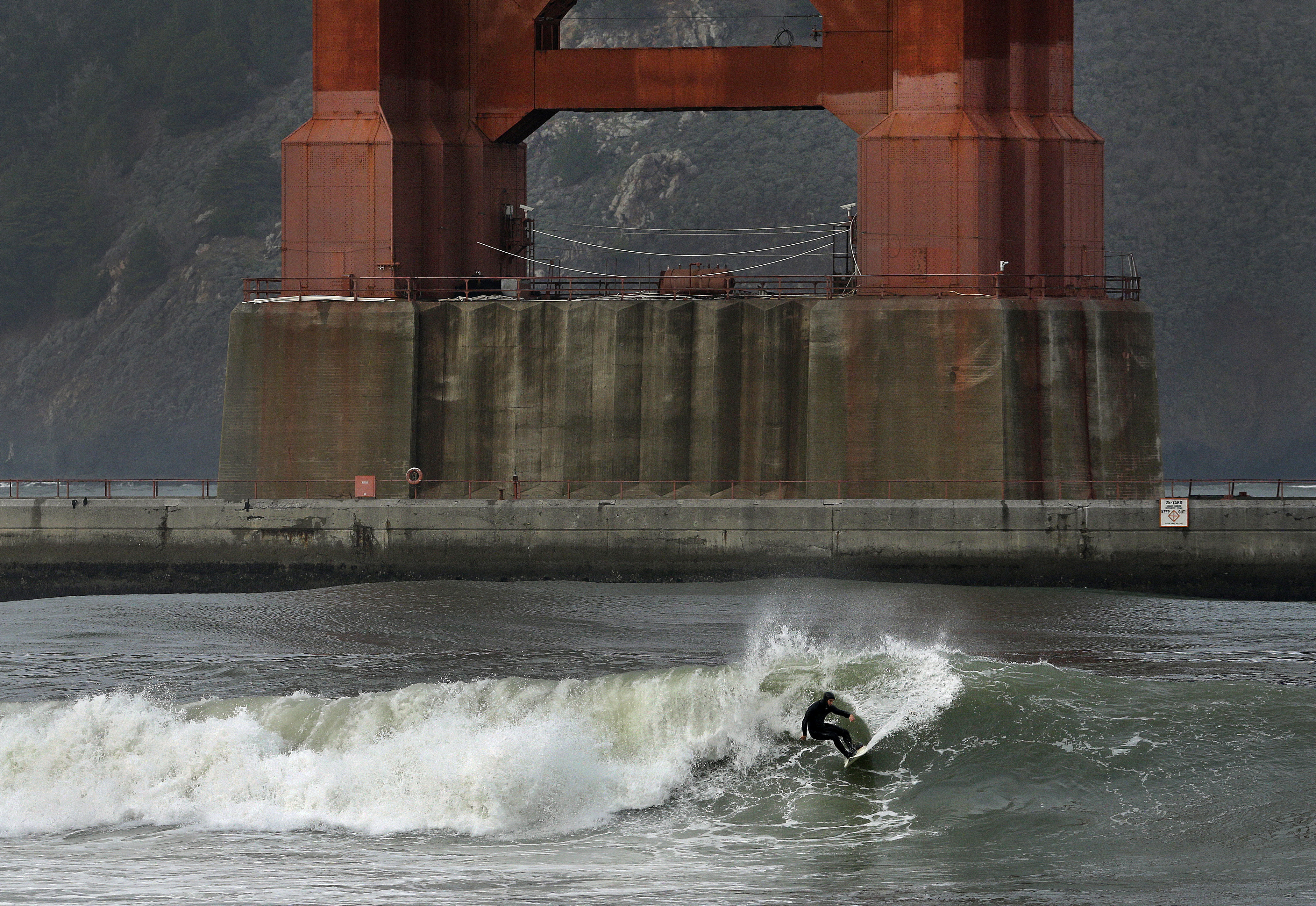
Something amazing is happening in California. The Golden State has taken bold steps to act on climate change, including regulations to cut carbon consumption and charging polluters for the carbon that they emit. The money from polluters is placed into a fund called the Greenhouse Gas Reduction Fund (GGRF), where it goes to work promoting the clean energy economy in communities across the state.
Of course, California isn’t the only place to put a price on carbon. A group of northeastern states, as well as Ontario and Quebec, have taken similar action, generally using some form of cap-and-trade mechanism like California.
But California took its effort a step farther, recognizing that poverty and pollution go hand in hand — and that smart policies can help tackle both.
Thanks to the work of the California Climate Equity Coalition, of which my organization the Greenlining Insitute is a part, 35 percent of those resources must be invested in the state’s most polluted and economically disadvantaged communities, communities that have experienced decades of disinvestment, redlining and heavy pollution.
As of 2016, this has meant $419 million invested directly in projects in neighborhoods to help families save money on their energy bills, get solar panels or purchase an electric vehicle. Grants to community groups and local governments help them transform concrete city blocks with tree-lined streets, create community gardens, build permanently affordable housing close to public transit and more.
These investments don’t just reduce carbon emissions. They help ensure that even poor Californians enjoy the savings and health benefits of the clean energy economy, while creating jobs in the communities that need them most. This remarkable achievement can be a model for other states and nations fighting climate change.
What’s not so amazing is that the infrastructure that California has created is enormously complex and hard to understand, even for someone like me whose job it is to track this stuff. And for the everyday renter, community-based group or local city planner, it can be dizzying to try to understand what resources are available to you and your community. So we’re trying to solve that problem.
The Tool: UpLift Resource Finder
These resources can’t help people and communities fight climate change or embrace clean energy if they don’t know about them. That’s why we created the UpLift Resource Finder, to help folks navigate through the complicated world of California Climate Investments. The Resource Finder contains a comprehensive database of over 40 grants and rebates that individuals, families, community-based organizations, schools, municipalities, tribes and businesses can use to act on climate locally.
Whether you’re a community group looking to plant trees or a family wanting to find electric car rebates, the Uplift Resource Finder makes it easier to find out how California’s climate investments can help you. It also has an interesting story for non-Californians. We offer the tool in two views:
- Guided Tour: Don’t know where to start? We’ll walk you through four questions to get you to your results.
- Full Database: Want to look at the full database? Skip ahead to the full listing and filter your results manually.
We hope that this tool will make it easier for anyone to see what grants and rebates are the best fit, so that all California communities can participate in our fight against climate change. But even if you’re not from California, it’s still worth a look to see all the ways dollars collected from polluters can make life better for people and communities. We’re showing that the fight against climate change isn’t something distant and abstract; it can change lives for the better and make a real difference in neighborhoods that have suffered from decades of neglect.

